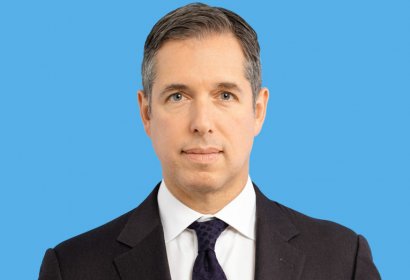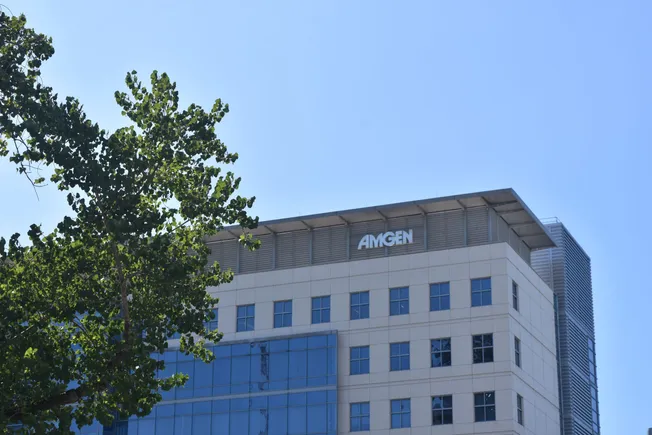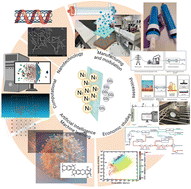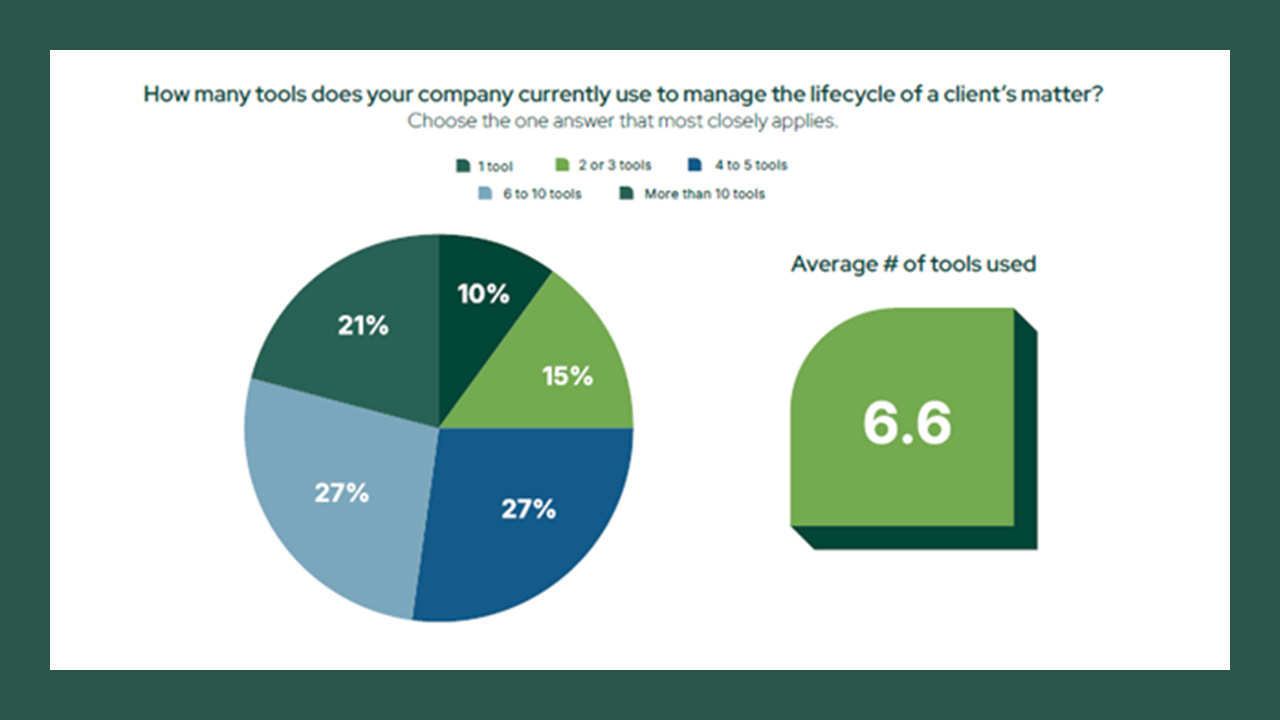Pryor Cashman’s Managing Partner On The ‘Midsize Advantage’ That’s Helping His Firm Thrive
The leader of this Am Law 200 firm has the scoop on the midsize market, and what makes life at midsize firms so enjoyable for lawyers. The post Pryor Cashman’s Managing Partner On The ‘Midsize Advantage’ That’s Helping His Firm Thrive appeared first on Above the Law.


The U.S. law firm merger landscape continues to show an ever-increasing interest in strategic growth with many midsize firms combining to further enhance their competitiveness. Thanks to all of these mergers, is the midsize firm bound to disappear anytime soon? According to one industry insider, the answer to that question is a resounding no.
I recently had the pleasure of chatting with David Rose, managing partner of Pryor Cashman, an Am Law 200 midsize firm, to get his thoughts on the matter. Here is a (lightly edited and condensed) write-up of our lively conversation on how midsize firms are doing, and why associates ought to consider making a move to the midsize market.
Staci Zaretsky (SZ): Considering the legal sector’s focus on mergers for the sake of growth, do you think midsize firms may be in danger?
David Rose (DR): While many midsize firms feel pressure to merge to achieve aspirational growth, to enhance stability, or to meet the demands of a rapidly increased cost structure, we firmly believe that independent firms serving the middle market and firms that adopt clear, client-centric strategies remain highly competitive. Our structure gives clients direct access to hands-on, seasoned partners, lower lawyer leverage, competitive rates, and a more predictable legal spend. Midsize firms like ours that prioritize top-tier representation, personalized service, and strategic flexibility aren’t just surviving — they’re thriving. And for those firms looking to grow, the key is to build on what already sets you apart — not abandon it. Don’t forget or forsake what got you to where you are now.
SZ: Rather than seeking a merger partner, your firm has been using more of a strategic growth model, in that lateral hires seem handpicked, making their hiring even more meaningful. Can you please elaborate on that?
DR: Our growth model is tied directly to client needs. We don’t hire to meet headcount targets — we hire when it makes sense strategically to build our firm’s depth and capabilities. It’s true: every one of our laterals is thoughtfully chosen to complement and enhance our strengths, align with our culture, and serve our clients at the highest level. We seek lawyers who bring specialized expertise to deepen core practice areas, and those who work in practice areas that our clients may have asked us to add to the firm. That’s why we typically add one or two partners at a time — often with their teams — rather than larger groups. It allows us to maintain the culture and high-touch, personalized service that our clients count on and know they will receive.
SZ: Please tell me a little more about the firm’s “midsize advantage,” and why it may be so beneficial to clients.
DR: The midsize advantage is real — and clients feel it because of how much they benefit from it. We deliver the sophistication and experience clients expect but with more direct partner engagement, leaner staffing, and greater value. With lower attorney leverage, clients aren’t paying for layers of lawyers; they’re getting efficient, senior-level counsel from professionals who know their business. Our size gives us the flexibility to tailor our approach, stay agile, and remain connected and responsive to our clients’ needs in real-time.
SZ: What about the midmarket model should be most appealing to associates? For example, what can an associate expect to see at a midsize firm in terms of culture?
DR: Associates at a midsize firm like ours get the best of both worlds: early, hands-on responsibility paired with meaningful mentorship from experienced lawyers. The hierarchy is flatter, the access to partners is greater, and the learning curve is steeper — in a good way. You’re not just one of many staffed on a matter; you’re an essential player on a team. It’s a culture where initiative is encouraged, development is intentional, and your contributions are solicited, seen, and valued. For our associates, that’s not just stimulating — it’s empowering, providing the professional and personal satisfaction that is one of the hallmarks of our firm.
Associates can expect a highly collaborative and inclusive culture — a direct by-product of the substantive responsibility and client engagement they will have at early stages of their careers. Our structure fosters meaningful, frequent interaction with both partners and clients. Also, we know each other, and that familiarity shapes our culture. Associates benefit from a supportive environment focused on professional growth and personal well-being. We’re invested in our associates’ success, and we encourage them to take ownership of their work and develop their skills. That attitude creates opportunities that stand in stark contrast to the limitations junior lawyers often bump up against at larger firms.
On behalf of everyone here at Above the Law, we’d like to thank David Rose of Pryor Cashman for taking the time to help answer some pressing questions on the state of the midsize market.

Staci Zaretsky is a senior editor at Above the Law, where she’s worked since 2011. She’d love to hear from you, so please feel free to email her with any tips, questions, comments, or critiques. You can follow her on Bluesky, X/Twitter, and Threads, or connect with her on LinkedIn.
The post Pryor Cashman’s Managing Partner On The ‘Midsize Advantage’ That’s Helping His Firm Thrive appeared first on Above the Law.


























































































































































